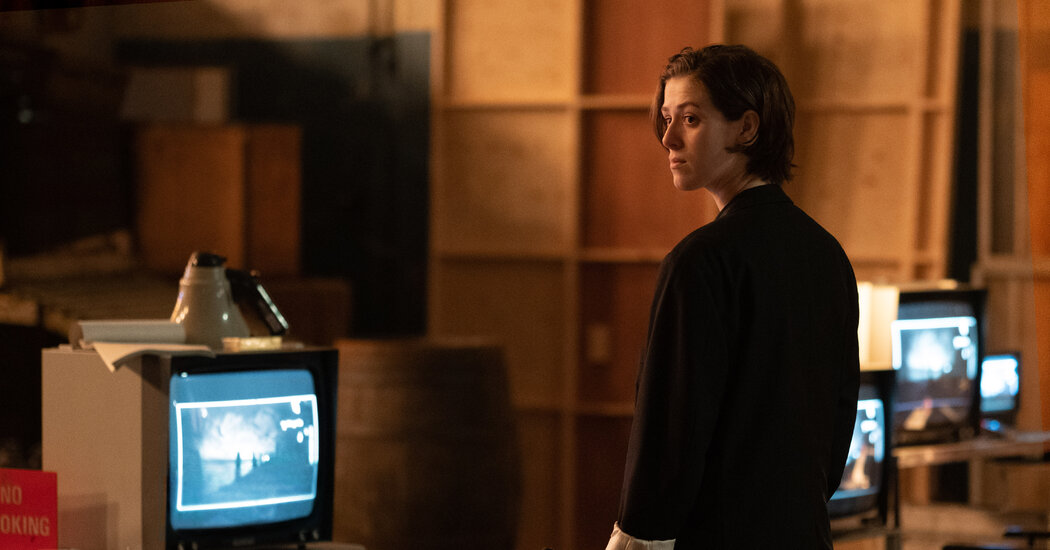
Deep into “The Souvenir Part II,” a young woman walks through a hall of mirrors as if in a dream. It is a freighted moment for the character, a film student whose lover died not long ago. After struggling with her grief and her art, she seems on the cusp of a creative breakthrough: She’s made her graduate movie and her mother, father and friends are there to see it. As she walks among her mirrored reflections, she also seems to be passing her many different selves — the dutiful daughter, the drifting student, the bereft survivor — now all in service to her role as an artist.
The latest from the British filmmaker Joanna Hogg, “Souvenir Part II” is a portrait of a young artist. It’s about life and art, inspiration and process, growing and becoming. And while it is familiar in many ways, it also isn’t the usual bleating about art and artists partly because most such stories are about men, those tortured, mad geniuses whose work dominates culture, filling museums and biopics. This, by contrast, is the story of a recognizably faltering young woman who tells her disapproving male professors that her film will be about “life as I imagine it” — and then makes good on her statement of intent.
“Part II” picks up more or less where Hogg’s 2019 art-house favorite “The Souvenir” ends. Set in Britain in the early 1980s, the first movie finds Julie (Honor Swinton Byrne) in film school, generously supported by her parents. The story’s focus, though, and much of her energy and time are dedicated to her exciting, progressively fraught affair with an enigmatic dissembler, Anthony (Tom Burke), who charms, seduces and robs her. Ultimately, he overdoses on heroin in a bathroom of the museum where he showed her the Fragonard painting that gives the film its title. “Souvenir” ends with a snippet of romantic poetry and Julie walking off a soundstage into the day.
That first story has its obvious attractions, notably the irresistible appeal of tragic love, with its messy beds and broken hearts. But it is Hogg’s filmmaking — her narrative and stylistic choices, the precision of her framing, the stillness of her images and how she withholds information — that distinguishes “Souvenir” and her other movies. She’s found her own way at the crossroads of art cinema and the mainstream, and particularly striking is how she handles time and transitions. Most filmmakers smooth out scenes so they seamlessly flow into a whole; Hogg likes to cut off songs, as if snapping off a radio, and abruptly shift from here to there — just as we do in life.



